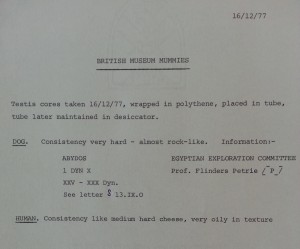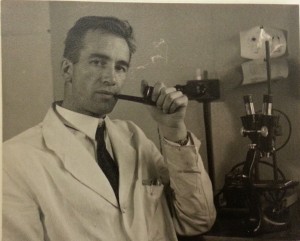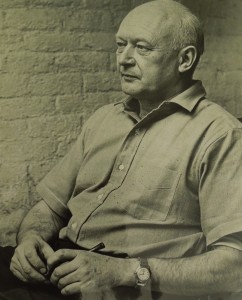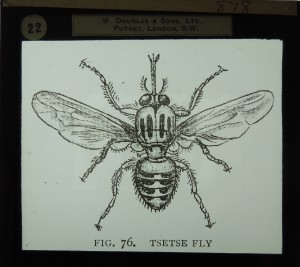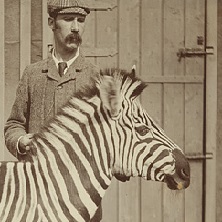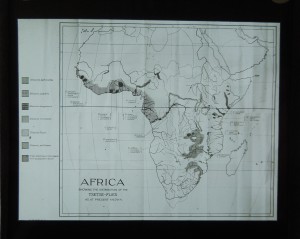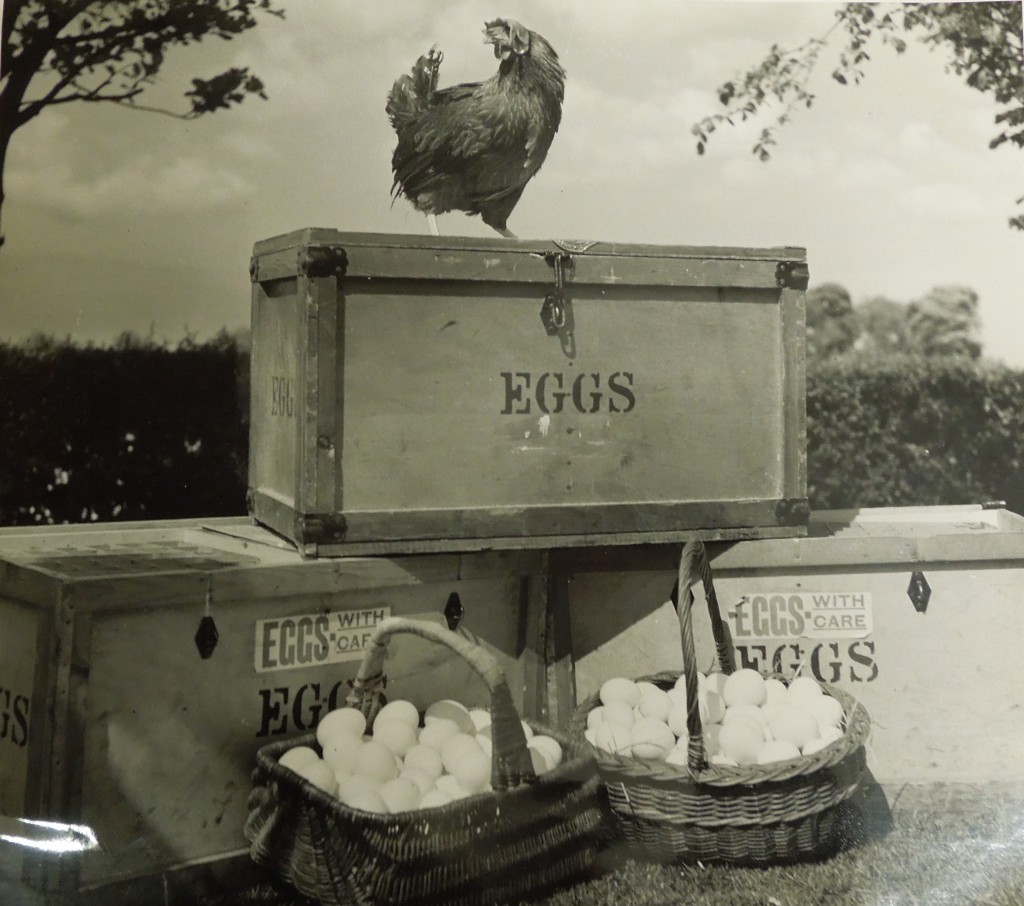We were saddened to hear recently of the passing of Mary Lyon, a distinguished mouse geneticist. Born in 1925 in Norwich, Mary was best known for her X-chromosome inactivation hypothesis, which proposed that one of the two X chromosomes in every cell of female mammals is inactivated. Mary worked at the MRC Radiobiology Unit in Harwell from 1955 until her death, becoming head of the genetics division (later the Mammalian Genetics Unit) in 1995. What is perhaps not so well-known is that her early work took place in Edinburgh, at the Institute of Animal Genetics.
Mary began at the Institute in 1948 to continue her PhD on mouse genetics, which she had begun in Cambridge under R.A. Fisher. This was after studying zoology at Girton College, Cambridge (although, as women were not allowed to be official members of the University until 1948, Mary was only awarded a ‘titular degree’). The Institute of Animal Genetics, then under the directorship of C.H. Waddington, possessed superior histology facilities, which she needed for her work. Mary ended up staying for a further five years after her PhD, working with Toby Carter on a project funded by the Medical Research Council to study mutagenesis in mice (this was at a time, following the Second World War and atomic bombs in Japan, of great concerns about the effects of nucelar fallout in the atmosphere). In a 2010 interview, Mary Lyon stated that, out of her whole career, it was her time in Edinburgh that she enjoyed the most: ‘It was a very lively academic atmosphere…a big genetics lab and a lot of able and enthusiastic geneticists.’ The above photograph, from the Institute of Animal Genetics archives, shows Mary (far right) with (right to left) Institute Librarian Stella Dare-Delaney, Mary’s assistant Rita Phillips, and distinguished molecular geneticist and embryologist Margaret Perry.
Toby Carter’s Mutagenesis Unit moved south to Harwell in order to find more space in which to breed and keep mice, taking Mary with it, as well as Rita Phillips. Scientists working with Douglas Falconer in Edinburgh had been the first to discover X-linked mutants in mice. With this discovery in mind, Mary, noticed that female mice carrying X-linked coat colour mutations had mottled coats. Male mice which inherited a mottled coat (i.e. a mutant gene on their single X-chromosome) all died, but the females survived. This must mean that the female possessed one, inactivated, mutant gene on one X-chromosome, but a normal gene on the other chromosome, which was activated – therefore a female mouse needs only one X chromosome for normal development. This inactivation of one of the two X chromosomes in the cells of females is still called ‘Lyonisation’, and the discovery had profound implications for understanding the genetic basis of X-linked diseases such as Duchenne Muscular Dystrophy. Grahame Bulfield, later director of the Roslin Institute, first positioned the mouse muscular dystrophy mutant on the X-chromosome using Mary’s stock of mouse X-chromosome mutants.
Over the next six decades, Mary also made important studies of Chromosome 17 and ‘the t-complex’, which had significant bearings on the understanding of non-Mendelian inheritance (a departure from the expected one-to-one ratio due to the abnormal segregation of chromosome pairs). Mary’s work pioneered the use of the mouse as a model organism for advances in cell and developmental biology as well as molecular medicine, and laid the foundations for comprehending the human genome. She chaired the Committee on Standardised Genetic Nomenclature for Mice from 1975 to 1990, was made a foreign associate of the US National Academy of Sciences, and was a Fellow of the Royal Society (being the 28th woman to be elected such). In 2004, the Mary Lyon Centre opened at Harwell, a leading international centre for mouse genetics, and in 2014 the UK Genetics Society created the Mary Lyon medal.
Mary died on Christmas Day 2014, aged 89, ‘after drinking a glass of sherry, eating
her Christmas lunch and settling down in her favourite chair for a nap’.
The University of Edinburgh’s remembrance of Mary Lyon can be read here: http://www.ed.ac.uk/news/staff/obituaries/2015/mary-lyon-030215
Clare Button
Project Archivist
Sources:
– ‘The Gift of Observation: An Interview with Mary Lyon’, Jane Gitschier (2010), http://journals.plos.org/plosgenetics/article?id=10.1371/journal.pgen.1000813
– ‘Mary F. Lyon (1925-2014): Grande dame of mouse genetics’, Sohaila Rastan, Nature, 518, (05 February 2015)



